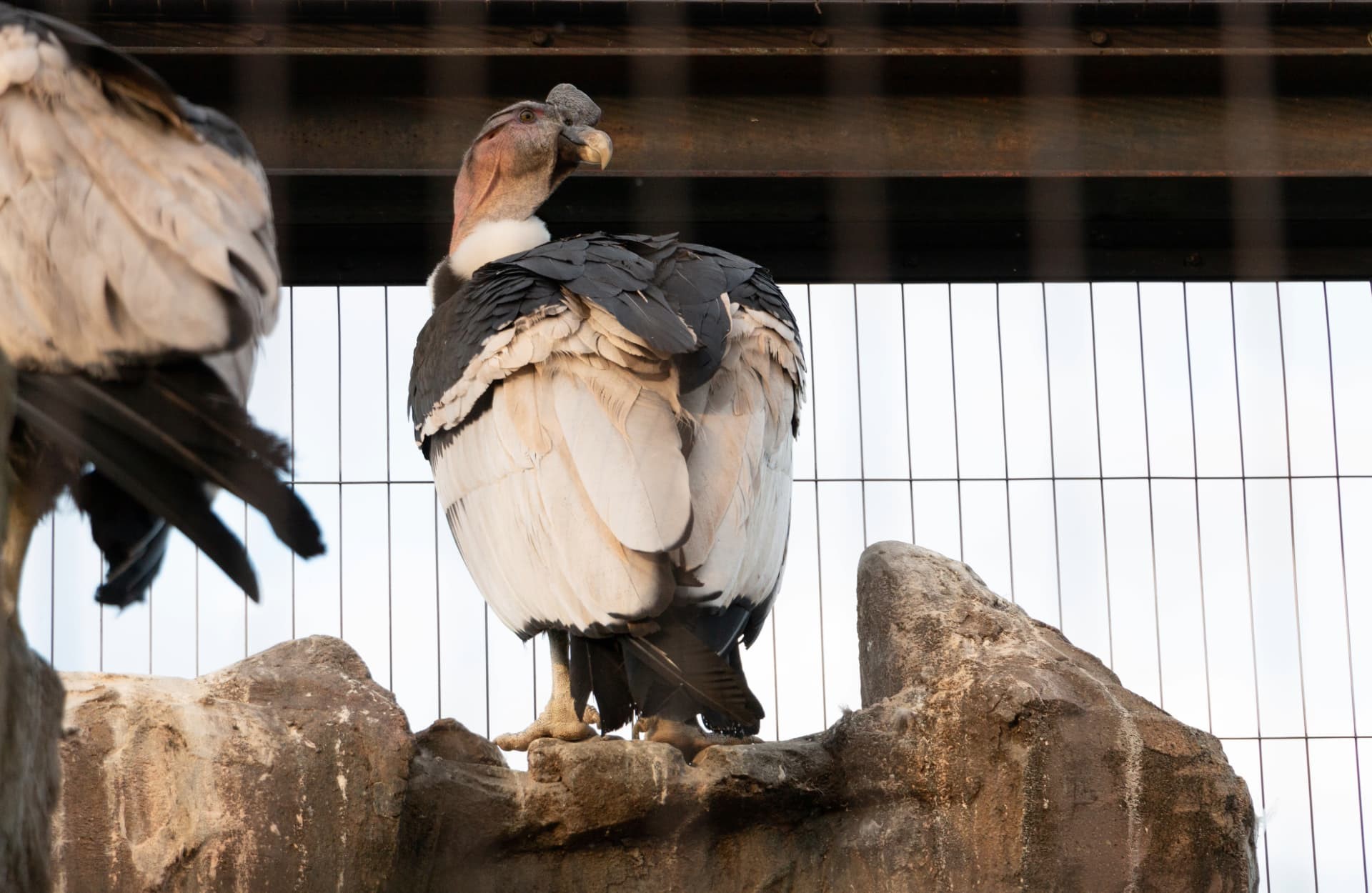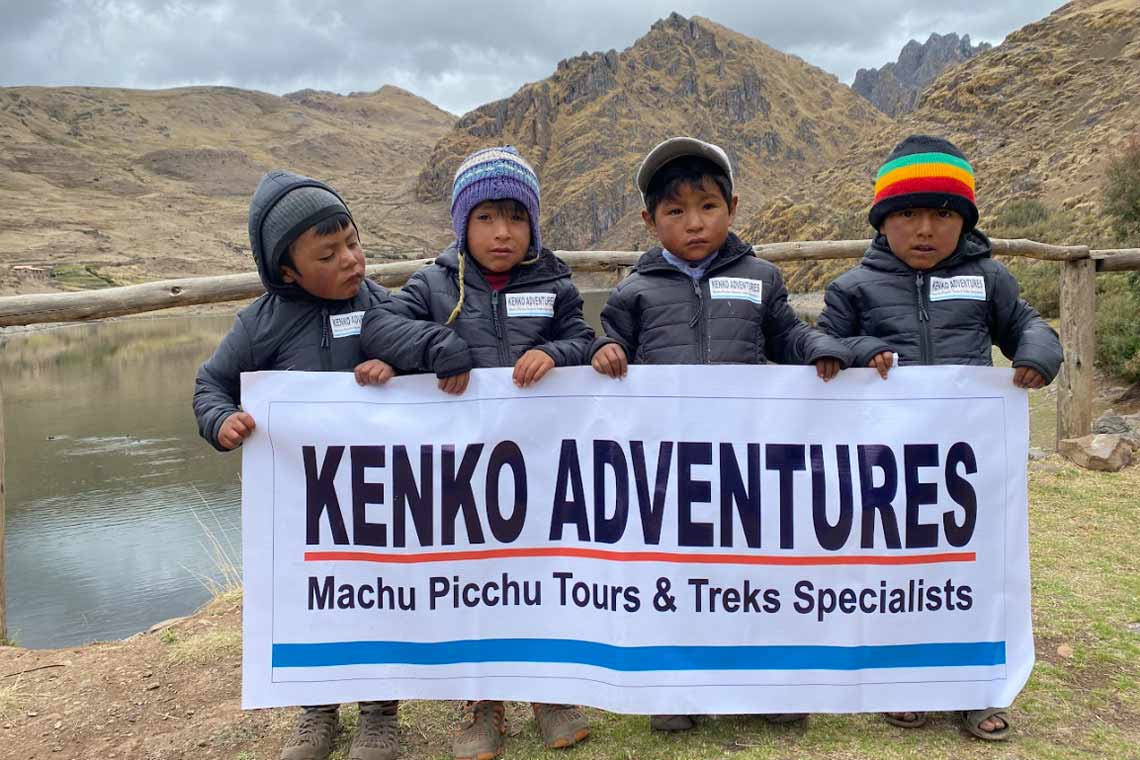1-Day vs 2-Day Inca Trail: Which is Best for First-Time Hikers?
Explore the key differences between the Short Inca Trail 2 Days and the One Day Inca Trail in terms of time, comfort, and experience.
INCA TRAIL 2025! Get 7% off on every tour booked this year. BOOK NOW!

Cusco and the Sacred Valley are top destinations in Peru, but these places captivated us so much that we couldn't bear to leave before thoroughly exploring as many sites as possible and experiencing the best they have to offer.
Without a doubt, Sacred Valley should be on your Peru travel itinerary. This valley is brimming with mysteries, Incan history, countless ruins, stone terraces, and stunningly picturesque natural scenery carved by the Urubamba River - it's hard to find a more photogenic valley.
This Sacred Valley travel guide offers practical tips, but most importantly, I'll share the top things to see and do there. The hundred-kilometer long valley stretches from the Pisac Ruins and town of Pisac (just 20 km from Cusco) all the way to the citadel of Machu Picchu .
During Incan times, the valley wasn't just an important area with several checkpoints (now ruins/archaeological sites) and the main route from Cusco to Machu Picchu. Thanks to stable year-round temperatures, a sustained water source from the Urubamba River, and two distinct wet and dry seasons, this area was (and still is) perfect for agriculture.
When exploring Sacred Valley around Pisac, keep this blog in mind and be prepared for one thing: you'll see ruins and terraces galore!
Situated along the road connecting Cusco and Pisac, there's a privately-run sanctuary called Santuario Animal de Cochahuasi that has been rescuing and providing shelter to wild animal species since 2007. While the ultimate aim is for the animals to be returned to the wild, many species are sheltered here, including Andean condors, vicuñas, and even pumas.

You can see them yourself as part of a three-hour tour of the sanctuary (it’s a 22-kilometer (14-mile) drive from Cusco)) or colectivo from Cusco to Pisac.
It's well worth the trip to witness these magnificent animals being cared for and protected and many of the creatures here are endangered and were confiscated from illegal hunters or poachers.
You can see them yourself as part of three-hour tour of the sanctuary and can get here by taxi (it’s a 22-kilometer (14-mile) drive from Cusco.
The Sacred Valley sits pretty high up at around 2,400 meters or 8,000 feet above sea level. Because of this lofty elevation, altitude sickness can be a real issue for travelers, especially folks coming from lower areas like Lima near sea level. However, Sacred Valley is a bit lower than Cusco (3,399 meters/11,150 feet), so it can be a great place to let your body adjust to these new conditions.
Typically, it takes about two weeks to fully overcome altitude sickness, which the Peruvians call "soroche." But even just a couple days of adjusting is better than nothing. Drinking lots of water and getting enough sleep are usually helpful for dealing with the symptoms. You could also try coca leaf tea and herbal oils made specifically for altitude sickness, you can find them in most local markets in Peru.
Besides your personal medication or anything else you need to help you adjust to altitude sickness, it’s also important to pack the right type of clothing that is the next important tip.
When you visit to the Sacred Valley - the charming town of Pisac in particular, pack something light, comfortable clothing that will keep you feeling breezy. However, rains are quite common in this region. Perhaps you're already the proud owner of the renowned Patagonia Storm waterproof jacket? A wonderful choice. If not, consider the North Face Alta Vista jacket - significantly more economical yet still offering dependable protection.
As the day ends and night falls, you'll want to have warm, comfortable clothing ready. The evenings can grow quite chilly, so having thermal basics jacket will prove incredibly useful during any tours around the ancient Incan capital Cusco.
Another essential for this high-altitude destination - sunblock. The sun's rays are notoriously intense here in Cusco and the Sacred Valley. Definitely pack a good sunscreen. And while you're at it, toss in a wide-brimmed hat as well to shade your face.
For even more expert packing suggestions tailored to this South American adventure, be sure to consult the comprehensive packing list provided by our very own tour agency. They've carefully compiled all the insider tips to ensure you're fully prepared for your journey.

One of the most popular tales around these parts is "The Legend of the Enchanted Ă‘usta." Gaze up at the slopes surrounding Pisac, and you'll make out a striking rock formation known as the Ă‘usta which represents silhouette of an indigenous woman forever watching over this Sacred Valley.
The native people spin a tragic but deeply romantic story of how this formation came to be. It tells of Inquill Chumpi, the beautiful daughter of the chief of Pisac, and Prince Asto RĂmac, who loved her dearly. Inquill's father decreed that she would be promised to any man who could construct a bridge across the valley in just one night's time.
Driven by his love, Asto RĂmac took on this seemingly impossible challenge. As dawn approached, the prince was just laying the final stones. But, Inquill could not resist glancing upon her beloved's work and for something reason she must not turn to see him, then she disobeyed the prohibition. In that fateful moment, they both turned into stone.
This rock formation and its legend have become emblematic of eternal love and the rich cultural of Pisac. Though, there are many versions recounted by the native storytellers. The true story can only be found in the mystical Pisac town.
These spots to visit in Pisac immerse you in the impressive engineering and worldview of the Incas:
The site of both religious and residential activities. A mysterious three-meter tunnel here adds an element of exploration and mysticism to the location.
This group of 23 semi-circular buildings, notable for its rusticity and natural environment adaptation.
This area is notable for a unique lithic piece carved in the shape of a seat.
These agricultural terraces, visible on the way to the monument, boast a unique fan-shaped structure.
The towers known as “pucaras” served not only for defense but also as watchtowers for observation.
Tantamarka contains rock-embedded tombs, many of which, unfortunately, have been looted.
The Intihuatana in Pisac is a majestic rock outcrop crafted to measure time, especially spectacular during the June solstice when it aligns perfectly with the sunrise.
Spaces used for guinea pig breeding and storage facilities (qollqas), along with impressive agricultural terraces, canals, and fountains from the Inca era.
Pisac features two tunnels carved into the rock, one 16 meters and another 3 meters long in the Kallaqhasa sector.
Pisac has a temperate climate from April to November, expect sunny, clear skies for hassle-free wandering among the ruins. Between December and March, and You will enjoy the green landscape thanks to the refreshing rains. With temperatures ranging from 11 to 16°C and extremes of 22 to 29°C in summer and 7 to -4°C in winter, each season gives a different charm to Pisac.
For warm weather and brilliant blue skies, plan your visit between May and September. But if you're a fan of astronomy and Incan culture, don't miss the winter solstice in June, you can see how the sun illuminates the archaeological site in a unique way. And, you can witness the famous Inti Raymi festival, one of the most celebrated events of the Inca calendar in Cusco.
Pisac is famous not only for its monumental archaeological site but also for its rich heritage, customs, folk dances and traditional costumes that have endured through generations, come to life every Sunday in its main square. To truly experience the essence, you have to visit the town of Pisac.
Equally important is the traditional market of Pisac or the town's traditional market. This is where local artisans show their incredible handmade creations. From alpaca textiles bursting with colorful patterns, to finely crafted ceramics, and replicas of ancient treasures.
The Pisac Community Museum, established in 2009, is located at the Federico Zamalloa Avenue. It showcases a diverse collection of traditional ceramics and textiles crafted by the local Quechua communities.

Explore the key differences between the Short Inca Trail 2 Days and the One Day Inca Trail in terms of time, comfort, and experience.
Chachabamba is an often overlooked Inca site located along the Short Inca Trail ...
Km 104 is a key stop on the Short Inca Trail and the See more
We present our real culture life to our clients, hiring people from villages and communities of our region.
We offer unique services like: hot shower and private toilets on treks. We have a real responsibility taking care of our planet.
Experts on: Inca Trail hikes and Machu Picchu Hiking Tours. We operate small groups.
Superior Quality services and full flexibility for any changes in this pandemic
Kenko Adventure Peru founder decided to add a social proyect in all Our tours that means, if you are booking a tour with Us, you automatically are donating a warm jacket for Our litle kids that have very hard living in very cold conditions near by the Andes Mountain
